Digital Renal Pathology: Providence Health Care CaloPix® Pilot
Published on 13/11/2025
White Papers
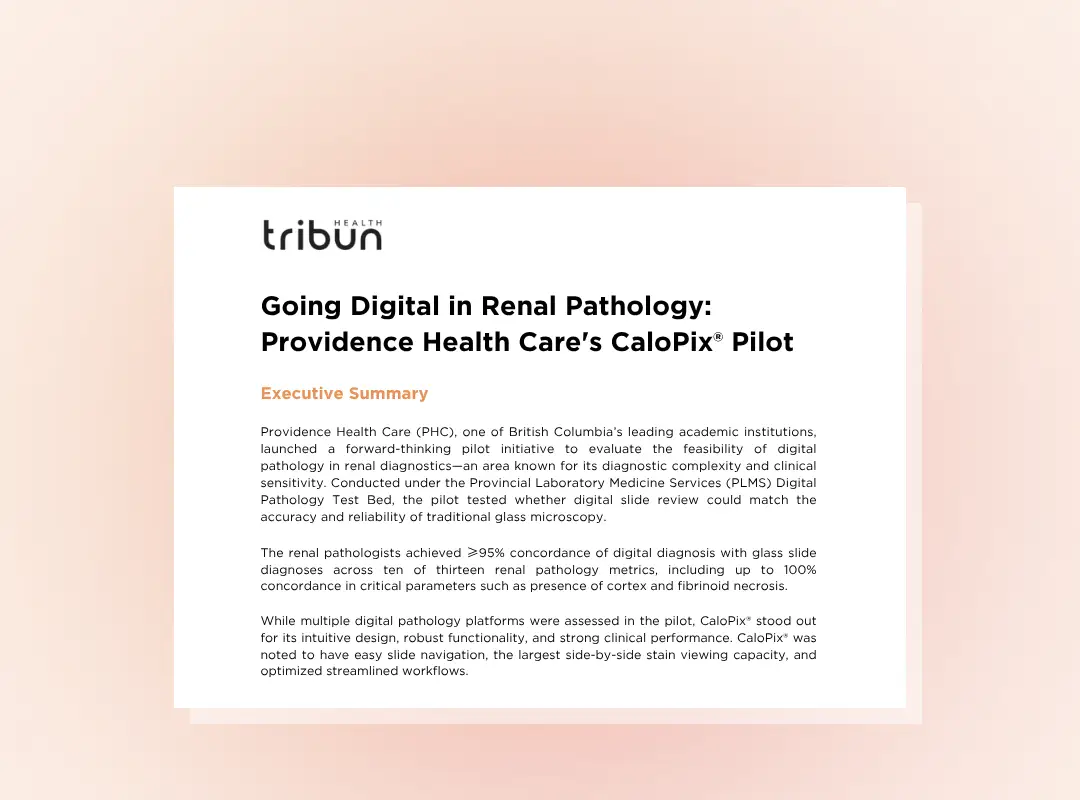
Digital Renal Pathology: Providence Health Care CaloPix® Pilot
Published on 13/11/2025
Scientific Posters
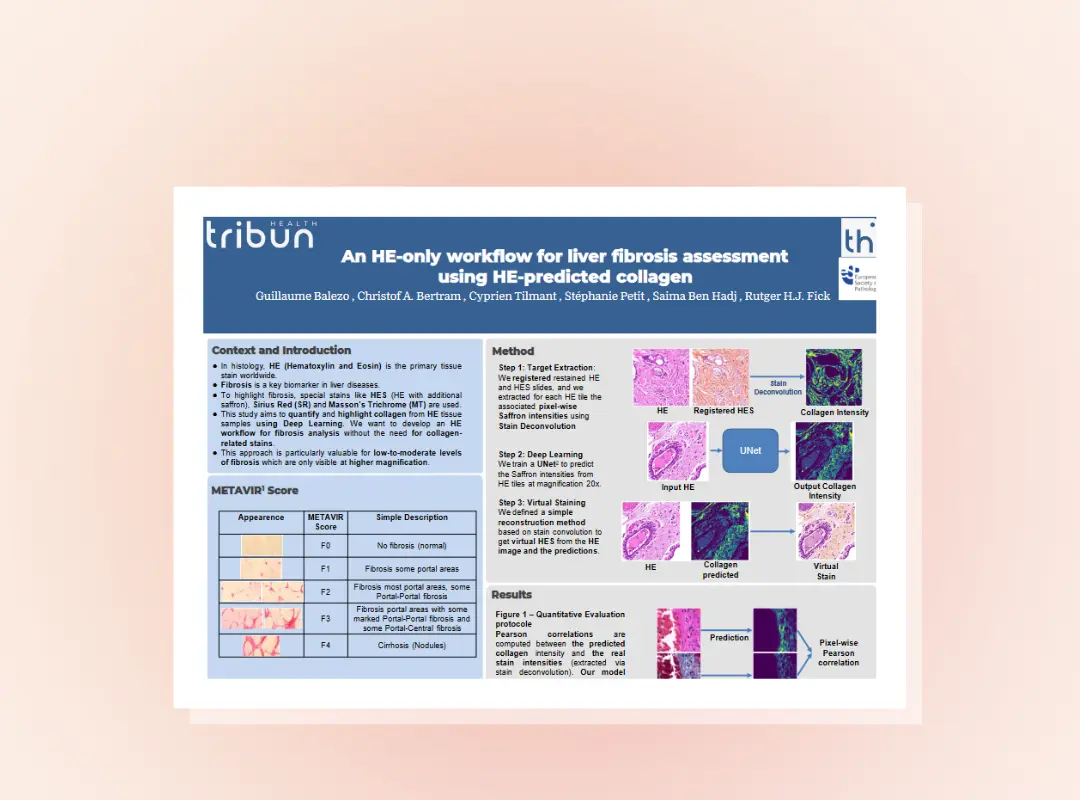
Assessment of hepatic fibrosis using HE staining
Published on 14/09/2023
Articles
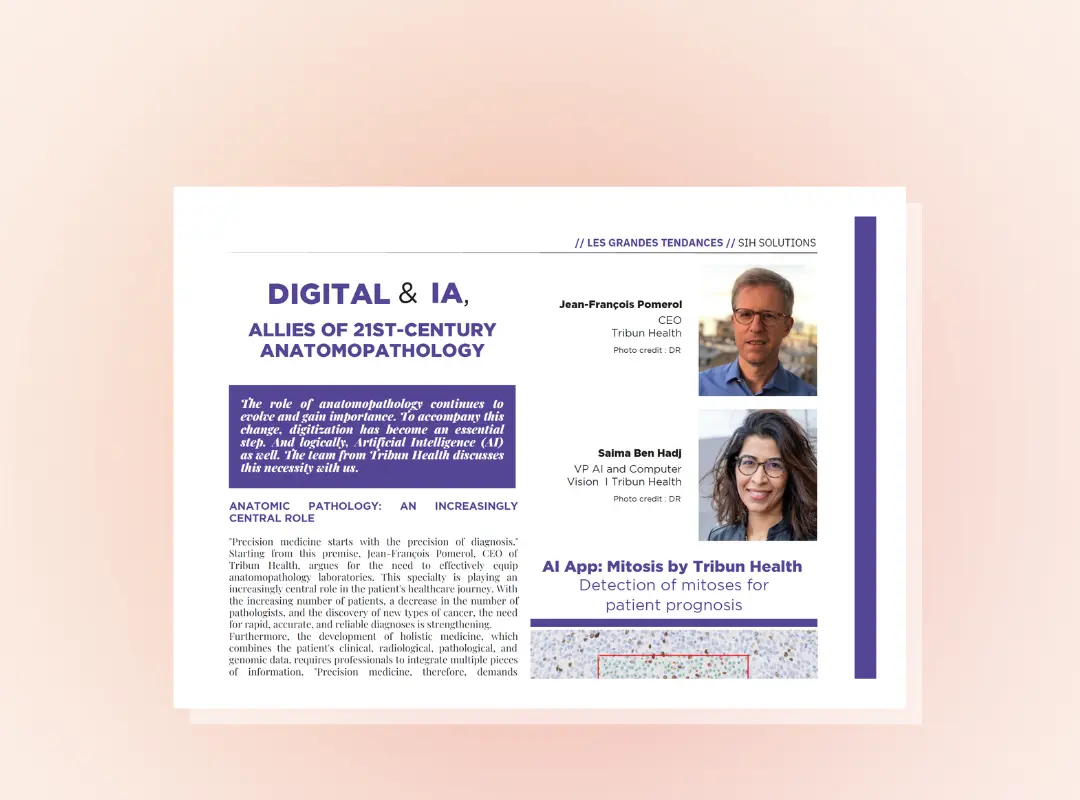
Digital & AI, Allies of 21st-Century Anatomopathology
Published on 31/05/2023
Articles
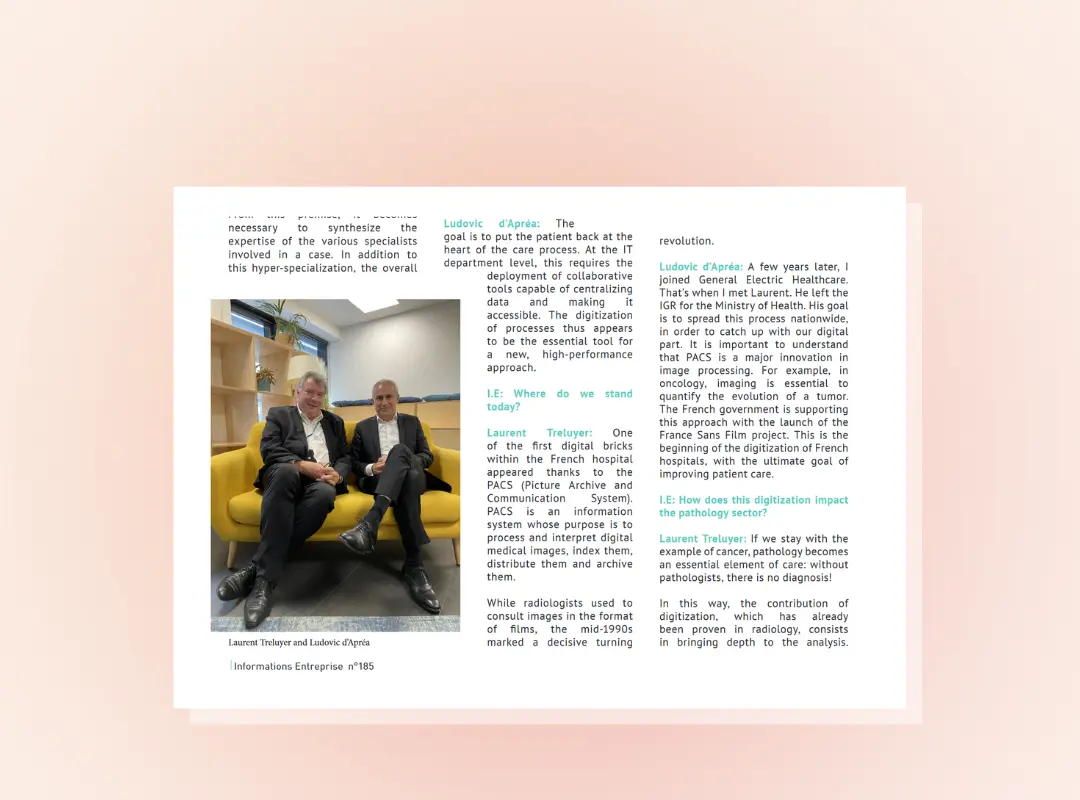
Hospital Digitization: A Pathology Parallel with Laurent Treluyer
Published on 18/01/2023
Scientific Posters
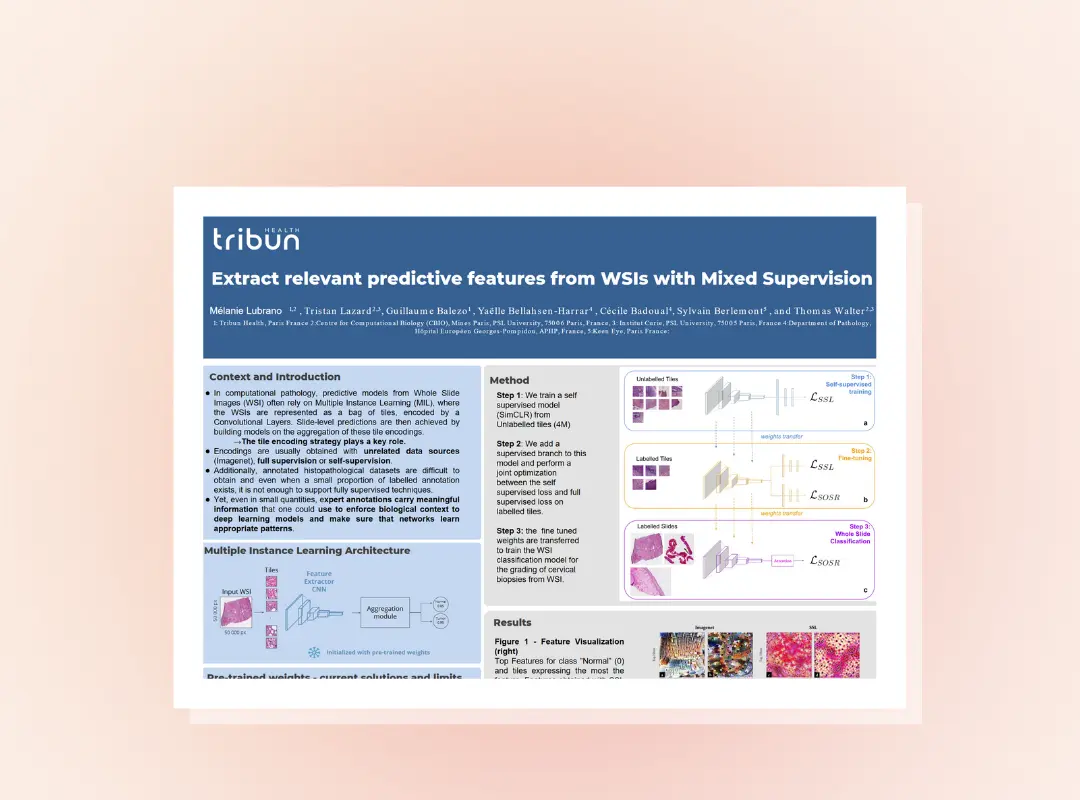
Extract relevant predictive features from WSIs
Published on 30/11/2022
Scientific Papers
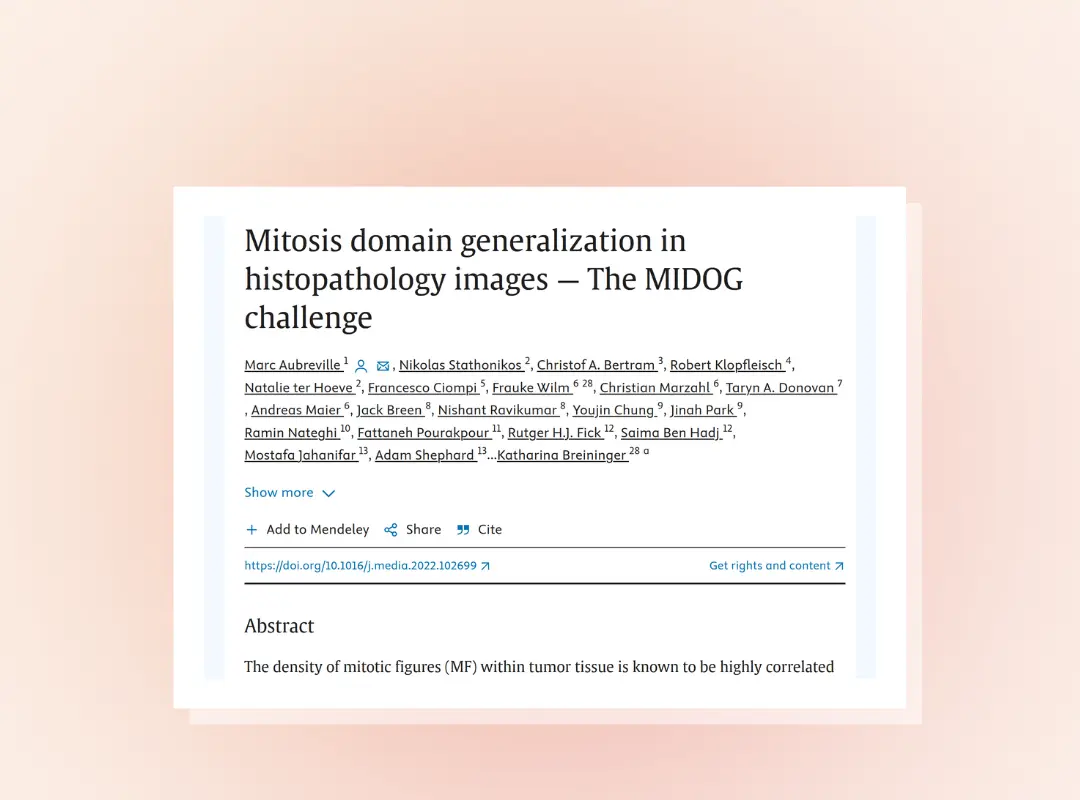
Mitosis Domain Generalization in Histopathology
Published on 25/11/2022
Scientific Papers
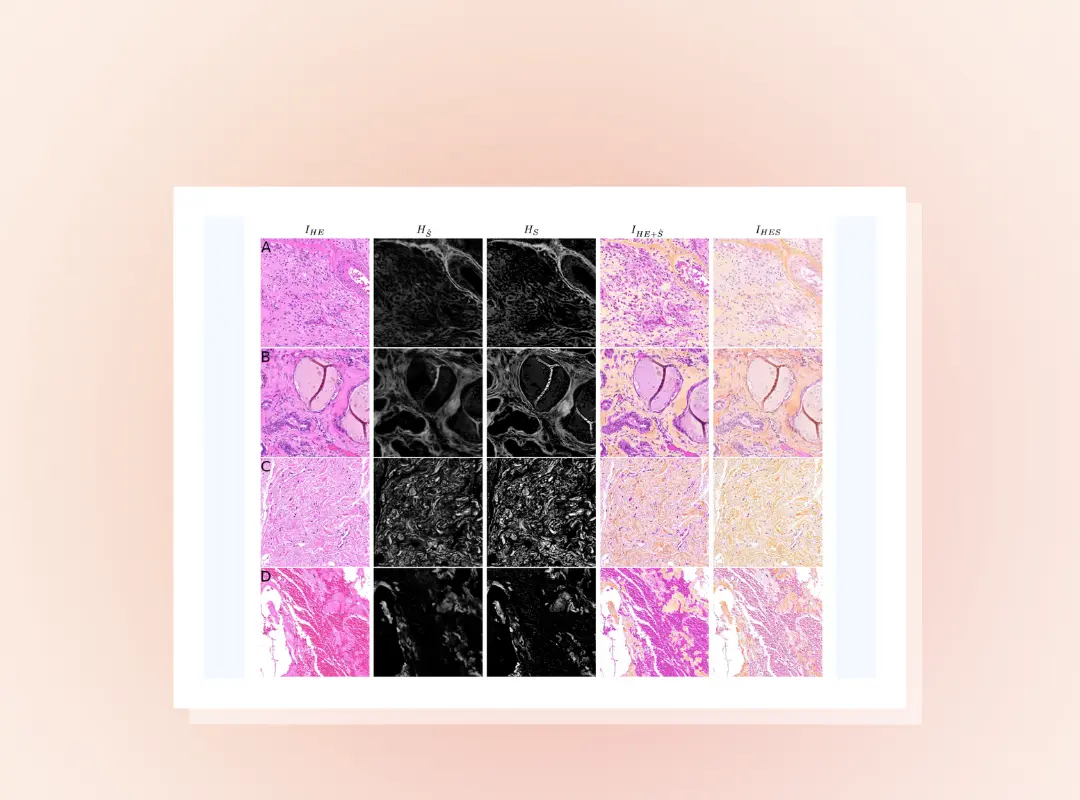
Collagen Prediction and Virtual Saffron Staining
Published on 18/11/2022
Scientific Papers

Understanding HER2 Scoring via Clinical Guidelines
Published on 18/11/2022
Articles

Tribun Health 'Best in Klas' for digital pathology at HIMSS in Orlando
Published on 03/05/2022